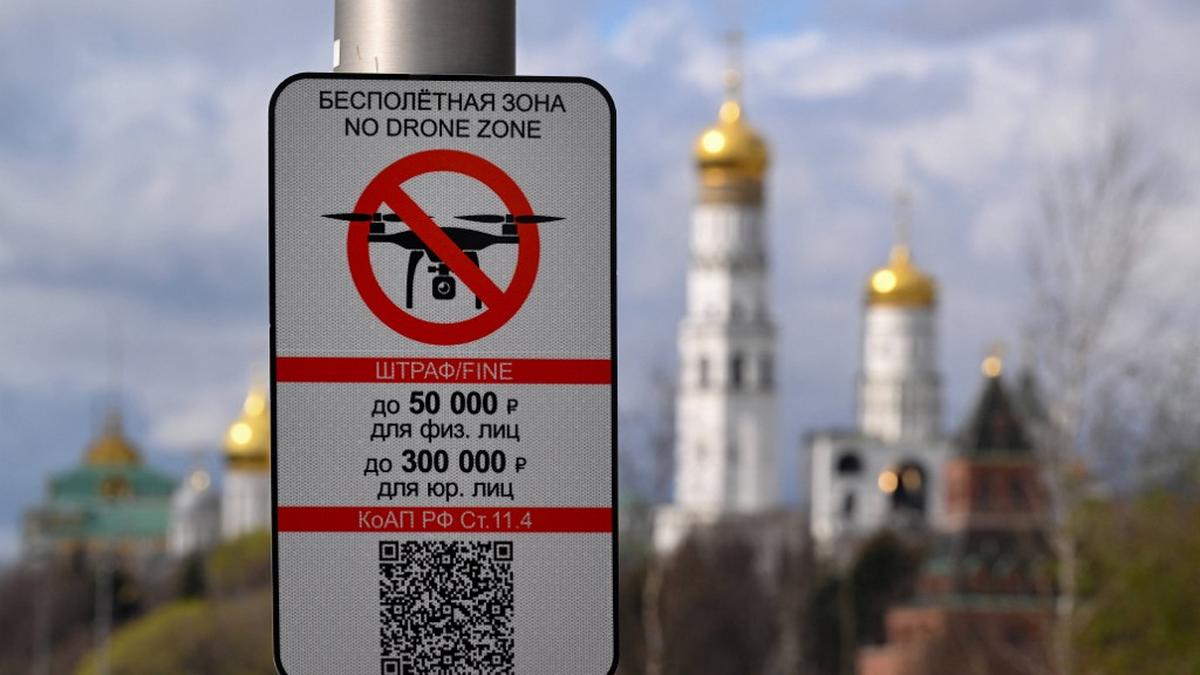Russia has been facing a wave of drone attacks, targeting its western regions and Moscow. The frequency and scale of these attacks highlight a significant shift in the dynamics of the war in Ukraine. These drone incursions, although largely neutralized, expose vulnerabilities in Russian defenses and demonstrate the evolving capabilities of Ukrainian forces.
Escalating Drone Warfare: A New Frontline
The recent attacks, characterized by their frequency and widespread nature, mark a distinct escalation in the conflict. Drones have become a key element in the Ukrainian military’s arsenal, enabling them to strike deep into Russian territory. These strikes, while causing limited damage, inflict significant psychological pressure and disrupt Russia’s sense of security. The drone attacks showcase Ukraine’s increasing ability to deploy sophisticated tactics, targeting sensitive infrastructure and showcasing its resolve to target the aggressor on home ground.
Shifting Tactics and Strategic Objectives
The shift towards drone warfare signifies a strategic change in the Ukrainian military’s approach. The focus on drones reflects the evolving nature of warfare and Ukraine’s need to leverage their advantages. Drones offer a cost-effective means to conduct targeted strikes, posing a constant threat without requiring large-scale military operations.
Furthermore, these drone attacks underscore the importance of the information war playing out alongside the military conflict. They disrupt the perception of security in Russia and highlight the vulnerabilities of the country’s critical infrastructure. The impact on morale and the potential to erode public support for the war effort are significant aspects of this new front.
Assessing Russia’s Defensive Capabilities
The drone attacks highlight vulnerabilities in Russia’s defenses. The increasing number and geographical scope of these strikes suggest that Russia is struggling to counter this emerging threat effectively. The failure to prevent significant damage to infrastructure and the continued penetration of Russian airspace raise concerns about the effectiveness of Russia’s air defense systems.
Analyzing Russia’s Responses
The Kremlin’s reactions to the drone attacks reveal a mix of defensive and offensive strategies. On the one hand, Russia is taking steps to reinforce its air defenses, deploy more advanced systems, and adopt counter-drone tactics. However, the continued attacks point to a need for a more comprehensive and effective response. On the other hand, the attacks have fueled accusations of escalating attacks on Ukrainian infrastructure by Russia, further exacerbating the conflict and raising tensions between the two nations.
Implications for the War in Ukraine
The escalation of drone attacks holds significant implications for the course of the war in Ukraine. This new phase highlights the strategic adaptability of both sides. Ukraine’s drone offensive reflects a shift towards offensive operations and asymmetric warfare, while Russia grapples with a changing battlefield that requires adapting its defenses. The attacks also contribute to a broader escalation in the conflict, with the potential for further retaliatory actions and heightened tensions.
Takeaway Points
- The increase in drone attacks signifies a new phase in the Ukraine-Russia conflict, characterized by the use of unmanned systems as a primary weapon.
- These attacks, although largely thwarted, demonstrate vulnerabilities in Russia’s defense capabilities and the evolving tactical strategies of Ukrainian forces.
- The drone attacks have the potential to influence public sentiment in Russia, raise tensions between the two countries, and disrupt critical infrastructure, potentially impacting the conflict’s trajectory.
- The escalation in drone warfare highlights the need for a reassessment of traditional defense strategies and the adoption of new technologies to combat evolving threats.
- The conflict serves as a real-world test bed for advanced technologies like drones and AI-driven warfare, with lessons learned from the conflict likely shaping the future of global military development.









